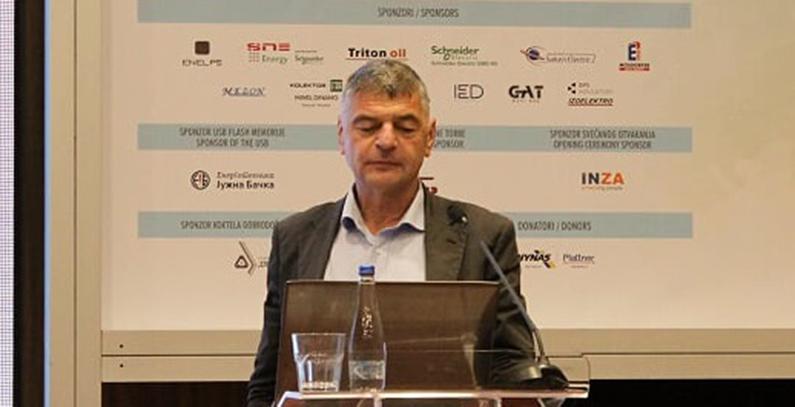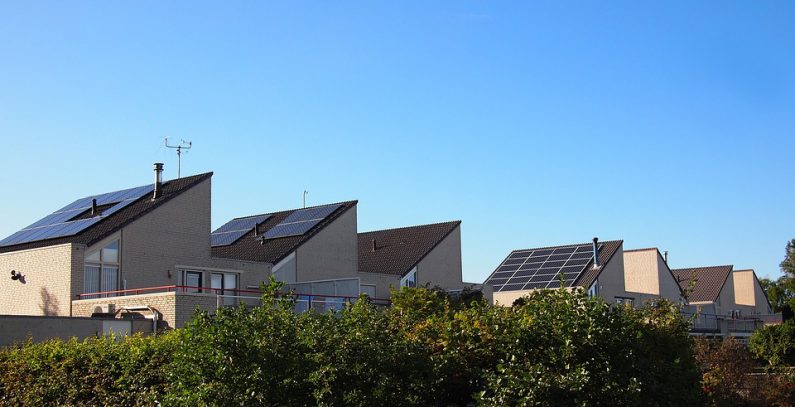
Photo: Aleksandar Janjić
Author: Aleksandar Janjić, PhD, Univeristy of Niš, Faculty of Electronic Engineering, Department of Power Engineering
Perhaps even more so than Serbian energy companies, the Serbian language tends to be resilient to novelty, and blend words. This is why any attempt at translating the term “prosumer” ends up as an entertaining incident. Prosumer is a term coined in 1980 by American futurist Alvin Toffler in his bestseller The Third Wave to refer to the active role that consumers would play when goods would be mass customized in the production process (prosumer = producer + consumer). However, in recent years the meaning and significance of the term has evolved due to the integration of information technologies and renewable energy into what is often called the “smart grid.”
To put it simply, a prosumer could be defined as a participant in the electricity market who is at the same time a consumer and a producer of energy. The question, of course, is whether it is possible to introduce this category in Serbia and whether one can become a prosumer here.
A legal framework does exist
“Necessity is the mother of invention” is a proverb that best illustrates the current state of the relevant legislation in Serbia and the possibility of introducing new players.
Falling prices of photovoltaic panels, rising electricity prices, and increasing numbers of requests to connect small power plants to the grid have compelled the traditionally inert EPS to change its own rules
The Energy Law envisages the possibility for households to be electricity producers – Article 70 of this law stipulates: “A natural person producing electricity from renewable sources may also acquire the status of a privileged producer, the temporary status of a privileged producer, and the status of a producer from renewable sources, but only for one power plant with the installed power of up to 30 kW, under the conditions prescribed under Paragraphs 1-3 hereof.”
However, supporting regulations necessary to enable this have not yet been adopted because, to be honest, there was no need for that until recently.
Falling prices of photovoltaic panels, rising electricity prices, and increasing numbers of requests to connect small power plants to the grid have compelled the traditionally inert state power utility Elektroprivreda Srbije (EPS) to change its own rules. New rules regulating the operation of the grid, adopted in 2017, enabled small hydropower plants to operate simultaneously with the power distribution network, where a small portion of electricity produced is fed into the grid and the rest is used for self-consumption. It is important to note that this was not only absent from the old regulations, but that feeding electricity surpluses into the grid was even prohibited.
Of course, any prospective prosumer is obliged to seek approval for the design and connection from the power grid operator and comply with the Law on Planning and Construction. Technical conditions for the simultaneous operation of the plant and the grid are determined by the distribution system operator (EPS Distribucija), which includes, among other things, the installation of an electricity meter capable of measuring the flow of electricity in both directions. The investor building the plant cannot procure a meter independently.
Once all technical requirements are met, and before connecting a solar plant to the grid, a prosumer is required to sign a power offtake agreement with a registered electricity supplier who would buy the surpluses.
Obstacles exist as well
In theory, if someone wants to officially connect a photovoltaic power plant to the grid, they need to initiate a procedure to connect a “power plant for self-consumption.” One of the problems, however, is that employees at local branches of the distribution system operator are not familiar with the procedure for processing such requests.
There is also a problem related to natural persons’ revenues from selling electricity surpluses. We need an adequate fiscal model that would allow a natural person to receive revenues without having to register a legal entity (a sole proprietorship or a company).

Net metering as a solution
One of the solutions that would facilitate accessing the grid and becoming a prosumer is certainly the “net metering” model. Under net metering, a household operating a small power plant is billed by the utility only for the difference between the amount of electricity consumed and the amount fed into the grid. This model is widely used abroad, and experts describe it as the main pre-condition for a mass usage of photovoltaic panels.
With current electricity prices in Serbia, installing solar panels at households would pay off after 10 years
This model, of course, is not perfect, as it would enable prosumers who manage to produce the same amounts electricity as they consume to effectively use the grid for free, which would undercut EPS’ revenues and, indirectly, increase costs for other consumers.
The Croatian government, for example, cited this shortcoming when it rejected a bill on self-production of electricity under the net metering model, the so-called law on micro-solar installations, even though the country is the lowest-ranked among the EU members by installed solar power capacity. With current electricity prices in Serbia, installing solar panels at households would pay off after 10 years, provided that most of the energy produced is used for self-consumption and only a small portion (up to 20%) fed into the grid. The adoption of a decree on net metering would shorten this return-on-investment period to seven years.
What does the European Commission promote?
Essentially, net billing makes the price of delivered electricity surpluses equal to the price of electricity at any time of the year, which is why prosumers in countries with high electricity prices may not benefit much from harmonizing their production with consumption. This is why, instead of this approach, which is considered obsolete, the European Commission and regulators are promoting a model that would value any surplus based on market prices, just like the price of consumed electricity should reflect the market price.
Serbia, however, has only begun its journey towards a developed market and smart grids, which means that its first steps should be cautious. Given the positive experiences from other countries, as well as Serbia’s poor ranking by the number of installed solar panels, net metering is step in the right direction.


















Be the first one to comment on this article.